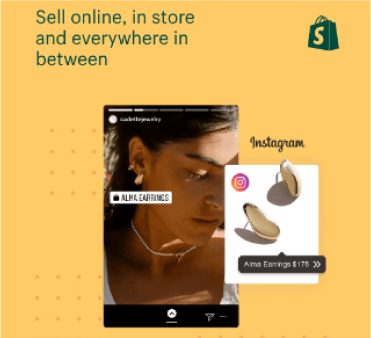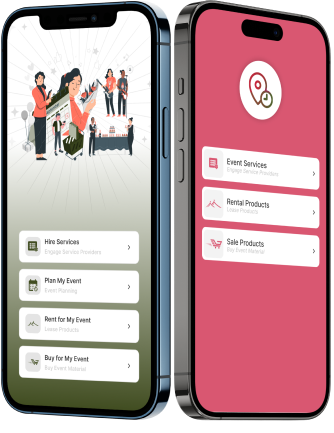Advertisement

Team @ EventNeedz
Planning a Successful Virtual Event: Tips and Examples

Virtual events have become increasingly popular for connecting with others, sharing information, and generating leads and business with the current global situation. Planning a virtual event can seem overwhelming, but it can be just as successful as an in-person event with the right approach. While planning a virtual event can seem daunting, it can be just as successful as an in-person event in the right direction. In this article, we are trying to provide you with tips and examples on how to plan and execute a successful virtual event.
Here are some tips to help you plan and execute a virtual killer event:
1. Get Clear on Your Goals - What do you want to achieve with your virtual event? Are you looking to generate leads, increase brand awareness, or provide education and training? A clear understanding of your goals will help create a more focused and effective event.
2. Know Your Audience - Understand who you're trying to reach with your event and their interests and pain points. This will help you create content and activities that will be more engaging and relevant to them.
3. Choose the Right Platform - There are multiple virtual event platforms, like Zoom, WebEx, and GoToWebinar. Pick one that's easy for your attendees to use and has all the features you need.
4. Promote, Promote, Promote - Make sure people know about your event! Use email, social media, and your website to spread the word. And remember to create a landing page for your event with all the details attendees need.
5. Make it Interactive - A virtual event doesn't have to be just a series of presentations. Add interactive elements like Q&A sessions, polls, and networking opportunities to keep things exciting and engaging.
6. Be Prepared - Make sure your agenda is clear and easy to follow and that your speakers and presenters are well-prepared and rehearsed. This will help ensure a smooth and professional event.
7. Test Your Tech - Before the event, test your technology and equipment to ensure everything is working. You want to avoid surprises on the day of the event.
8. Have a Support Team - During the event, have a dedicated team to handle any technical issues that may come up. This will help ensure a smooth experience for attendees.
9. Follow Up - After the event, reach out to attendees to gather feedback and measure the success of your event. Use this feedback to improve future events and measure your progress toward your goals.
For example, suppose you're planning a virtual event for a SaaS company. In that case, your goal could be to generate leads and increase brand awareness. Your target audience would be small business owners. Your interactive elements could include a Q&A session with a panel of successful small business owners who use your software. You can follow up with attendees by sending a survey to gather feedback and sending them a special offer to try your product.
Following these tips and examples, you can create a virtual event that engages your audience, meets your goals, and runs smoothly. Remember to define your goals, understand your audience, choose the right platform, promote your event, make it interactive, be prepared, have a support team, and follow up with attendees. With the proper planning and execution, your virtual event can be a huge success.
About
A blog is an online Article or informational website displaying information in reverse chronological order, with the latest posts appearing first, at the top. It is a platform where a writer or a group of writers share their views on an individual subject.

Advertisement



 Google
Google  Facebook
Facebook 






